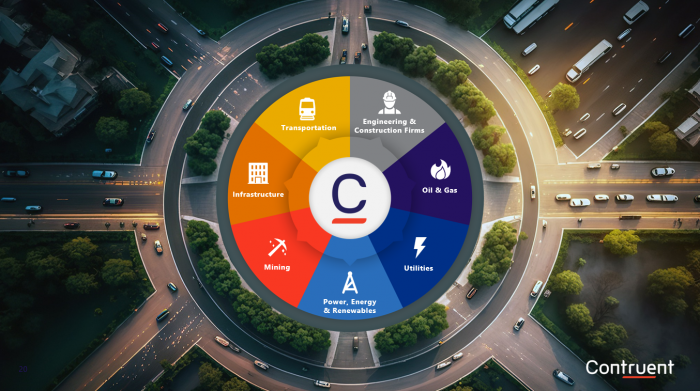body, td, input
{
font-family:arial;
font-size:16px;
}
#container
{
padding:5px 20px;
}
#header h2
{
font-size:27px;
color:#d0d0d0;
margin: 22px 0 10px;
}
#searchform
{
width:470px;
margin:0;
}
#searchform input
{
font-size:18px;
border: 1px solid #aaa;
color:#aaa;
}
#searchform input:hover, #searchform input:focus, #searchform input:active
{
border: 1px solid #888;
color:#000;
}
#searchform input.searchbox
{
padding:4px;
width:300px;
}
#searchform input.searchbutton
{
padding: 3px 10px;
color:#000;
}
#searchform div.poweredby
{
float:right;
width:80px;
text-align:center;
}
#searchform div.poweredby span
{
font-size:10px;
}
#searchform div.poweredby img
{
width:60px;
}
What is the difference between Project Float vs total float an also Value Engineering & constructability ?? Pls any one explain.






Replies